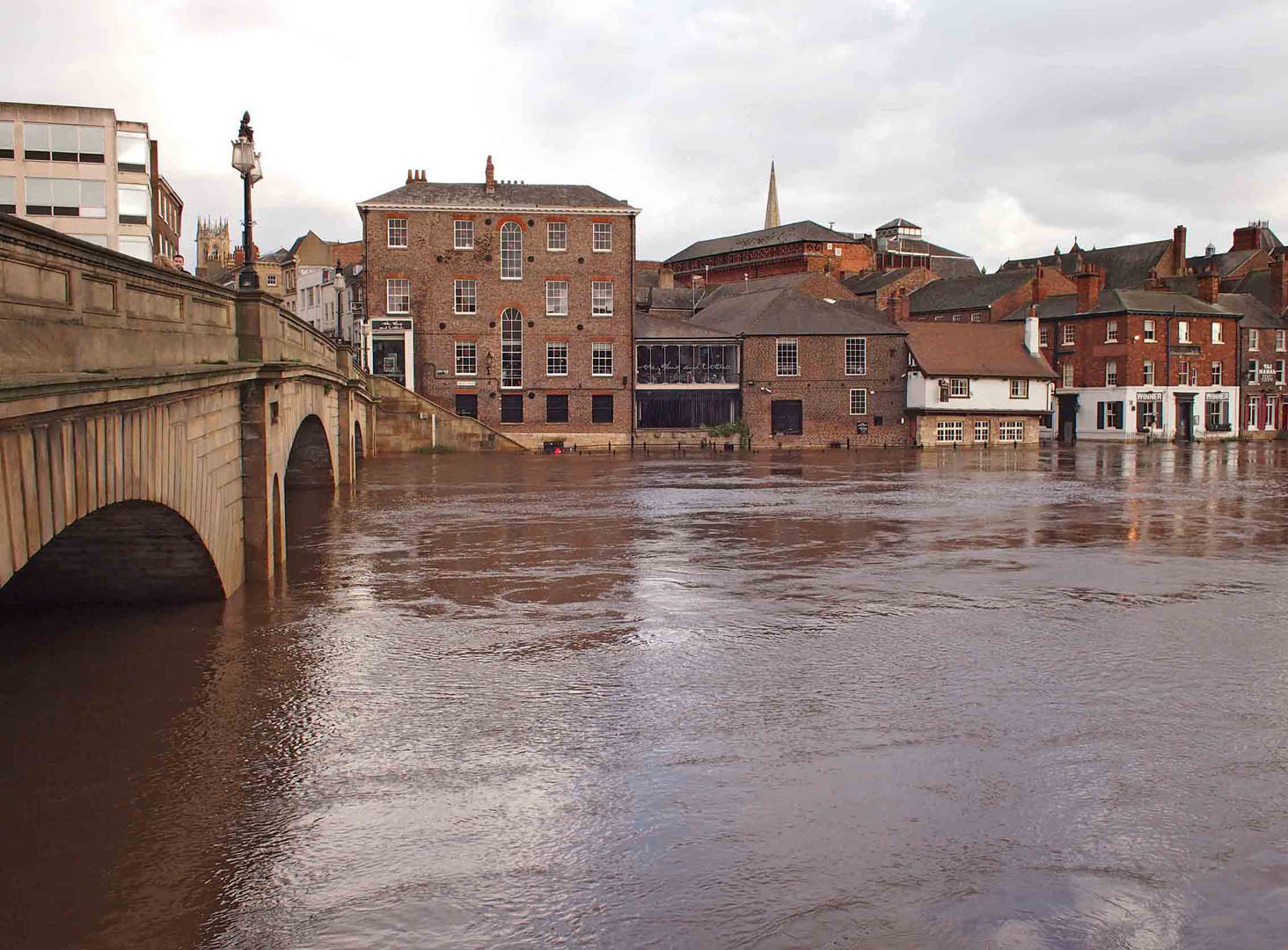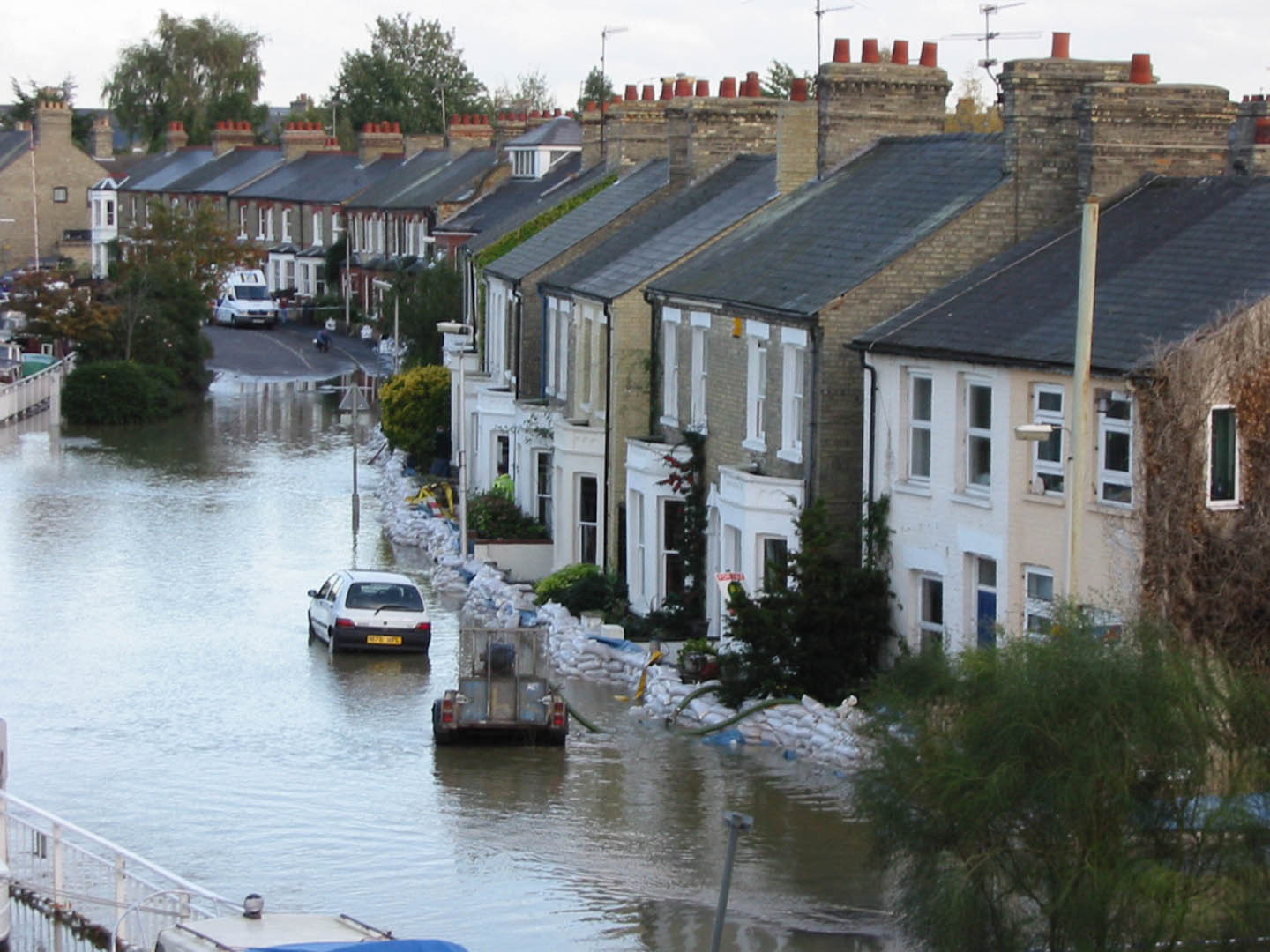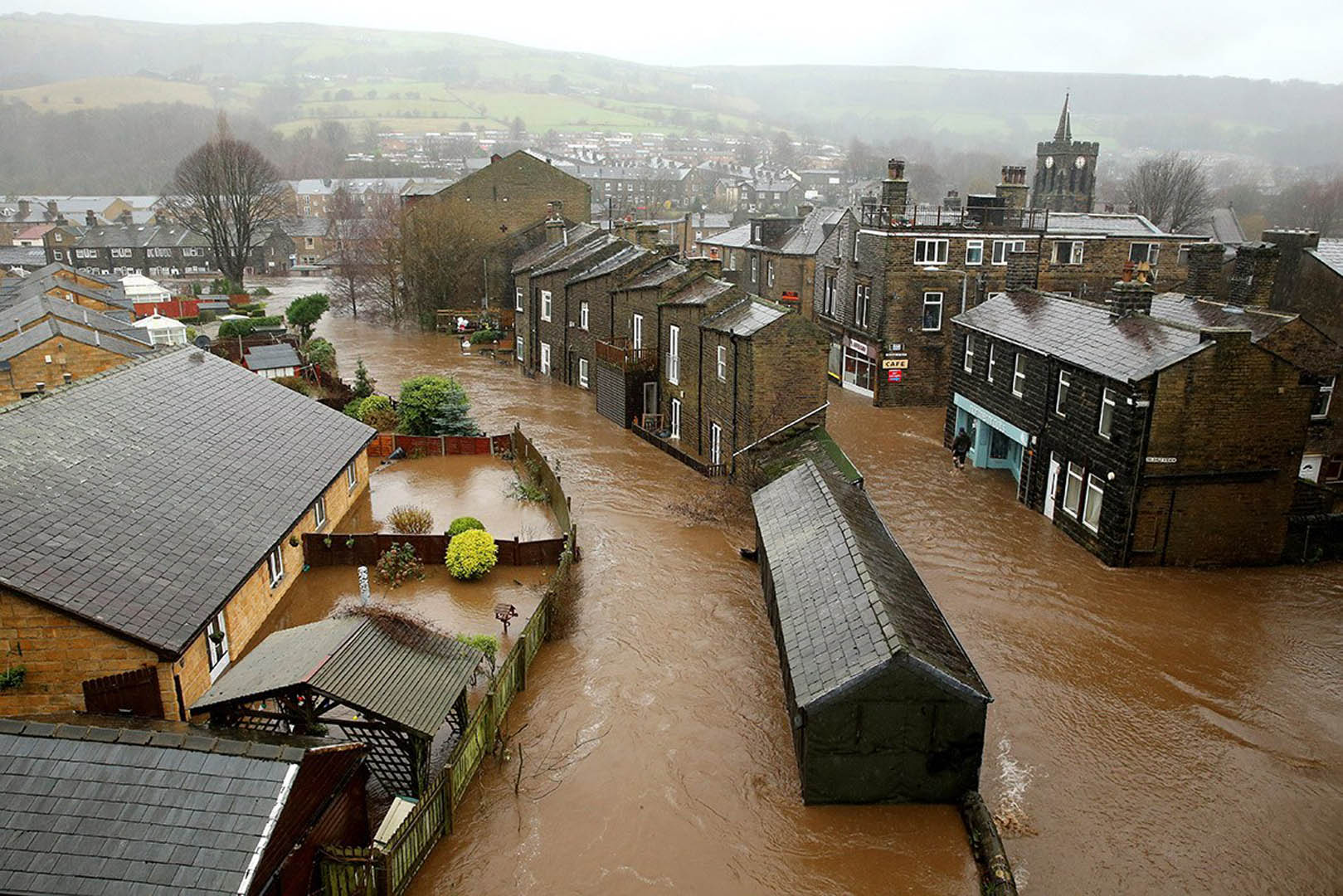Driving the evolution from flood defence to climate resilience
Following our formation in 1995, flood risk was brought into the spotlight by two major national-scale fluvial flood events in 1998 and 2000. At the time, our flood modellers were using the newly published Flood Estimation Handbook, alongside HEC-RAS and ‘ISIS' hydraulic modelling software to map fluvial flood risk and test hard engineered solutions such as flood walls and large flood storage areas.
Over the decades we have driven the shift from ‘defence’ to ‘managing risk’, moving towards solutions that support society to build resilience to climate change, work with a nature and increase biodiversity. This has seen us become pioneers in the development and mainstreaming of Natural Flood Management (NFM), Sustainable Drainage Systems (SuDS) and Property Flood Resilience (PFR) approaches in the UK.
Transforming how we value resilience
A key part of this evolution has been moving from economic benefit to understanding how to value resilience and natural capital, placing greater value on the variety of benefits delivered, which can support people and nature to become more resilient to flooding. We're proud to have led the way on this by supporting the establishment of a national flood and coastal resilience baseline, and the development and implementation of resilience and sociodemographic indicators for the Environment Agency.
Advancing innovation in flood risk management
One of the most recent 'game changers' in the approach to flood risk management is the Defra-funded Flood and Coastal Resilience Innovation Programme (FCRIP), both in terms of its pioneering outlook and commitment to mainstreaming SuDS, NFM and PFR. By demonstrating practical and innovative actions that can improve resilience, the 24 FCRIP projects are seeking to address current and future flood risks, from the sea, rivers, groundwater and surface water. Through our work with project partners and communities, we're proud to be contributing to 13 of these projects – covering a wide range of services, from NFM, SuDS and PFR to surface water flood forecasting and machine learning. We are also supporting the Environment Agency at a programme level.


Did you know we led the way with pioneering work on early NFM pilot projects (for example Holincote from Source to Sea in 2009), SuDS retrofit (for example Bristol SuDS Retrofit Pilot Project in 2015), and PFR (Environment Agency South-West PFR Pathfinder Project in 2019). We’ve also led important studies for the Environment Agency including the Working with Natural Processes Evidence Base and Measuring Resilience to Flooding and Coastal Change projects.
Recognising ‘all sources’ of flooding to build resilience
In the 1990s, the focus was on flood risk from main rivers and the sea. But the 2007 UK summer floods and the subsequent Pitt Review created a step-change in flood risk management. We developed our services and expertise to provide greater understanding of the risks from other sources, and greater support for those impacted by ‘other’ sources of flooding.
The impacts of surface water and groundwater flooding, and the risk of reservoir and sewer flooding, now receive much greater recognition. Planning for flood risk and sustainable drainage has had to evolve. This is an area of change in which we've been proud to lead the way through best practice in flood risk assessments and drainage strategies.
Utilising innovative JBA-developed software to better understand surface water risk nationally
Our expertise in all sources of flooding is underpinned by JBA’s Technology, Data and Software Development team to develop innovative tools and software. Most notably this has included the use of JFlow, which allows us to understand and map surface water flood risk nationally. This software has been invaluable in considering surface water in strategic development planning and reservoir inundation mapping.
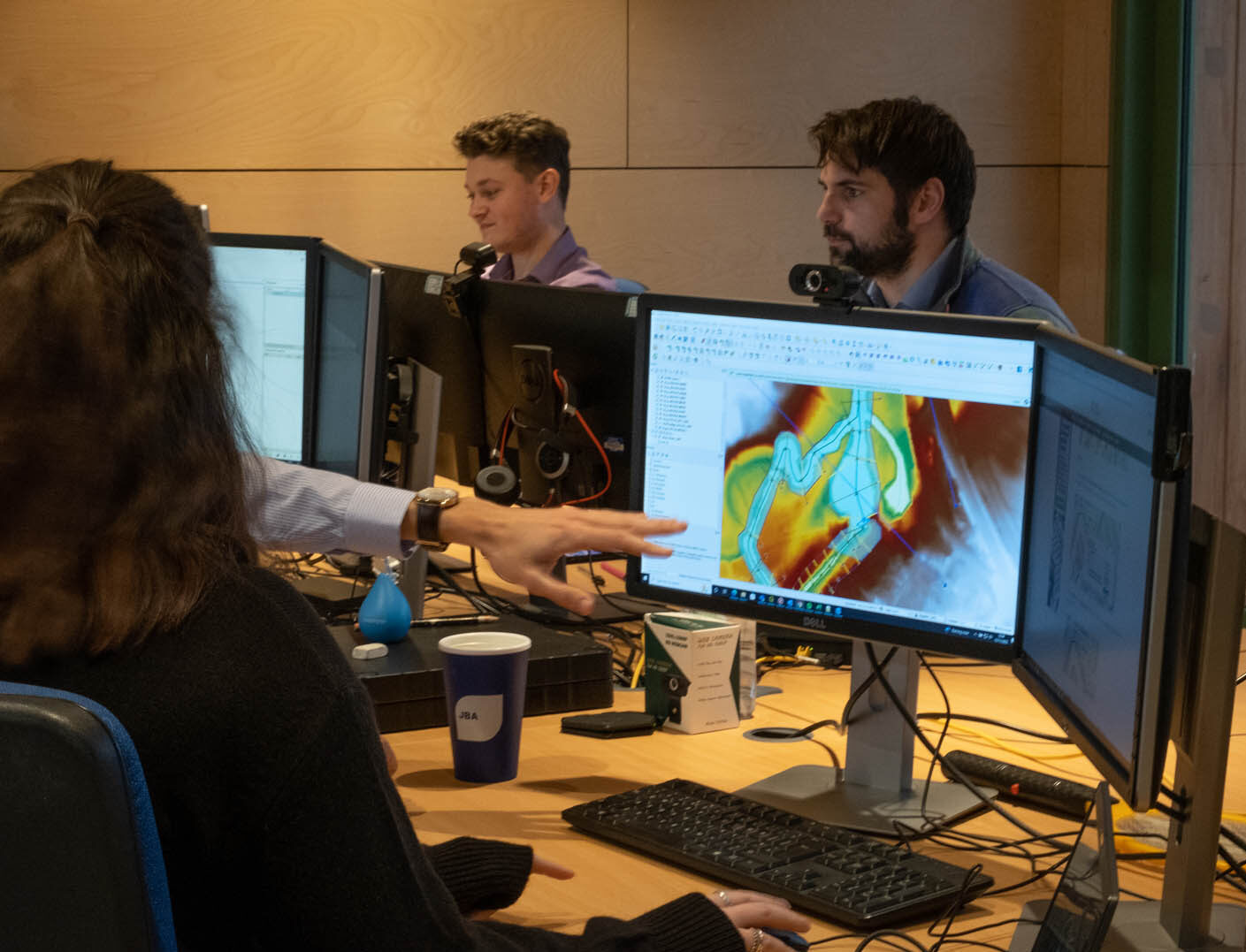

At the forefront of understanding groundwater flood risk
We are known for our specialist groundwater flooding expertise. From producing our first groundwater flood maps in 2007, to developing and publishing JBA’s national Groundwater Flood Map in 2016, we're proud to have been at the forefront of understanding groundwater flood risk in the UK for many years. Through our involvement in Project Groundwater, we're also helping to raise awareness of groundwater flooding and explore how nature-based solutions (NBS) can be used in groundwater risk areas.
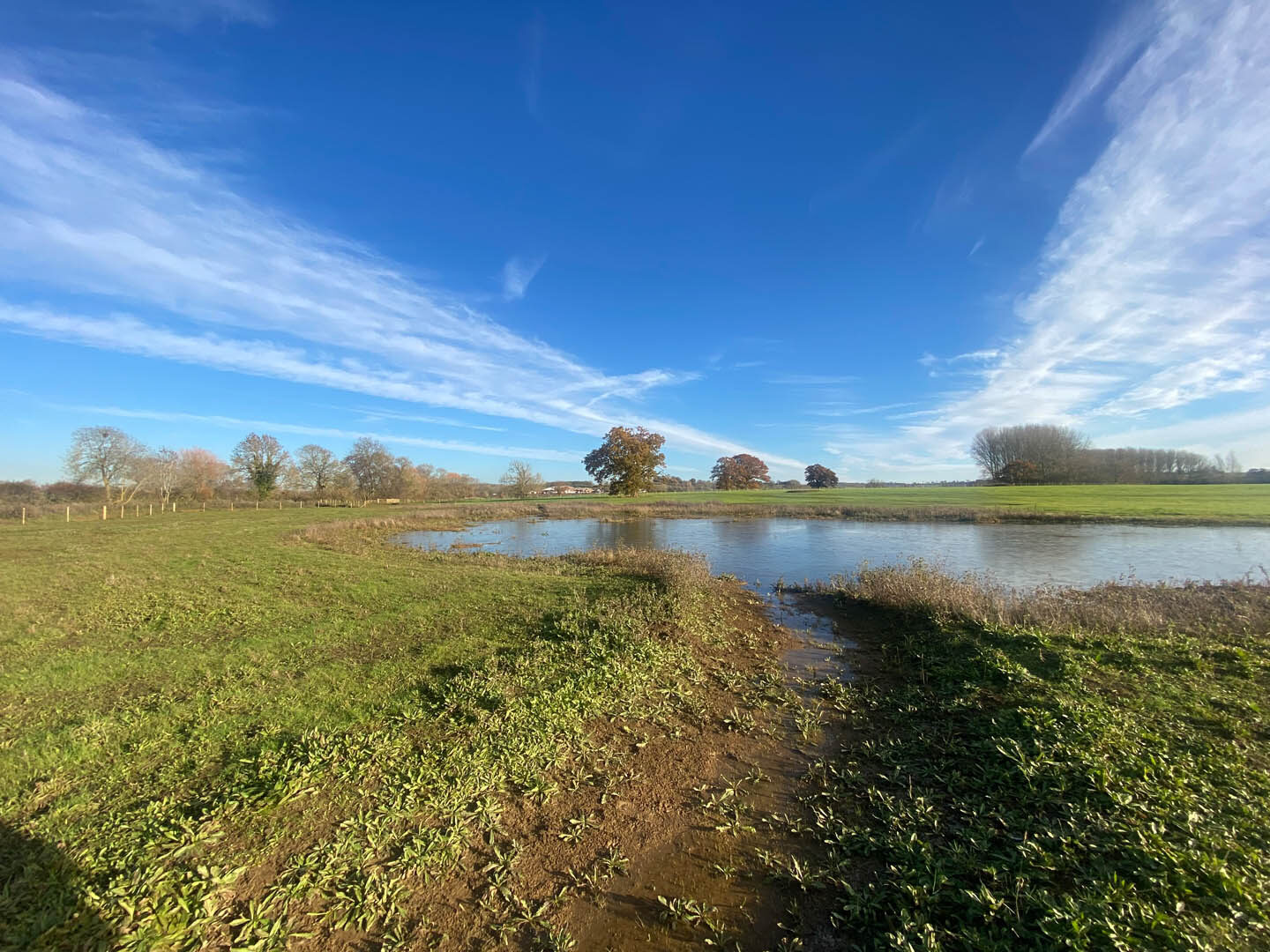

Leading the way on the implementation of SuDS across the UK
We've supported clients and communities across the UK by championing the case for sustainable drainage. In Scotland we have been designing SuDS for over 20 years, and in Wales we have been instrumental in the implementation of Schedule 3 to deliver multiple benefit SuDS, for both local authorities and developers. Meanwhile in England, we have supported the implementation of SuDS through the planning system, by helping local authorities to develop their own SuDS guidance which promotes good quality and multiple benefits.
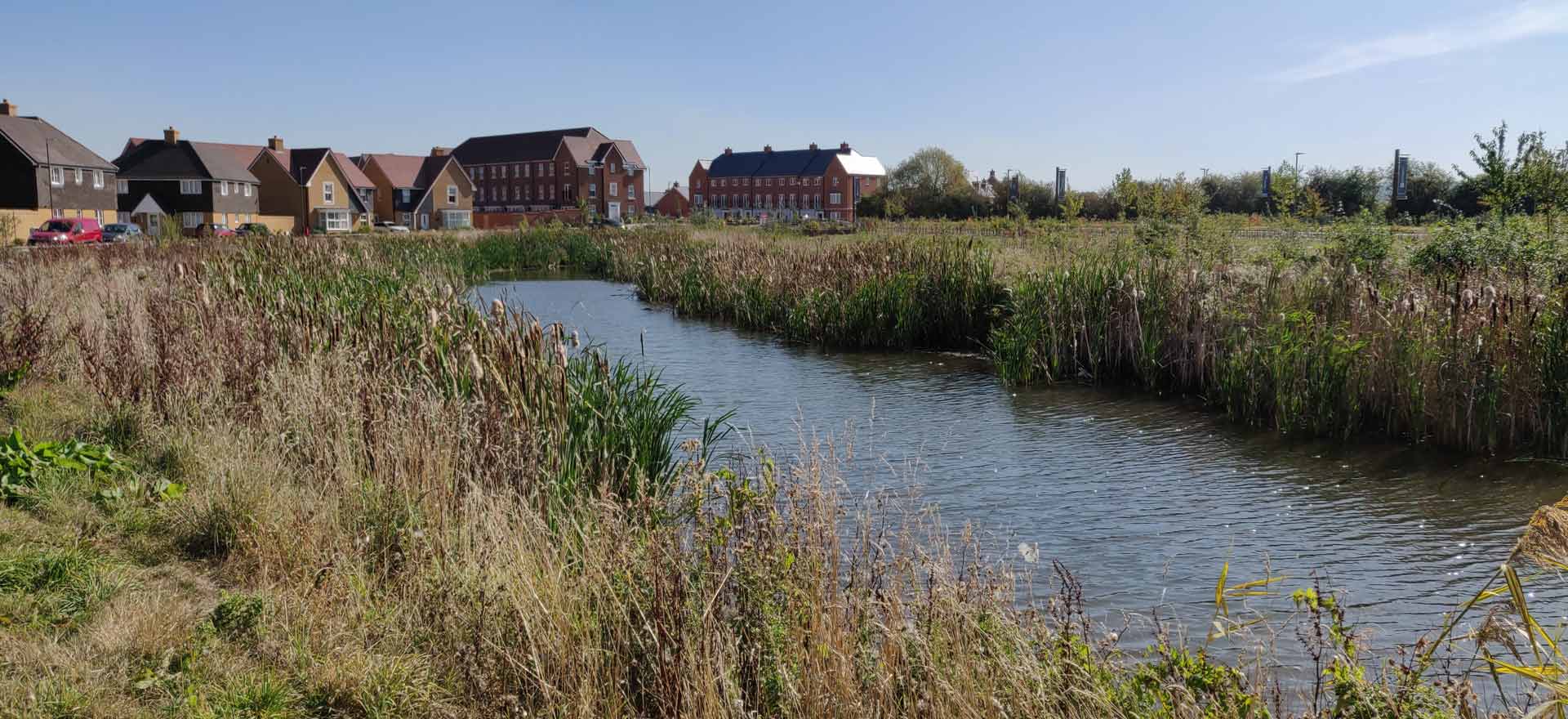


Whilst advancing our services we've also been sharing our expertise through JBA-developed training courses. Our extensive range of training courses are delivered by industry-leading tutors and cover everything from flood risk assessment and PFR to SuDS community engagement. Find out more here.
Adopting new ways of working and fostering partnerships
Over the last 30 years, the landscape of roles and responsibilities around flooding has also changed significantly, with more of a focus now being placed on a partnership-based approach, inclusive of communities and individual responsibilities.
This change is in part thanks to the 2010 Flood and Water Management Act, which set out responsibilities for local management of surface water and groundwater in England and Wales. We’ve provided close support to Lead Local Flood Risk Authorities (LLFAs) and other Risk Management Authorities (RMAs) to navigate their statutory roles including flood investigations and Local Flood Risk Management Strategies. We've also supported Defra and the Environment Agency with their oversight roles, most recently engaging with RMAs and stakeholders to produce national flood investigation guidance for England.
As we seek to deliver increased resilience to climate change, developing our stakeholder engagement capabilities to work with communities and partners has been essential. Many of the projects we support are underpinned by working effectively in partnership to maximise the benefits, value and funding opportunities for flood risk management. Looking to the future, we anticipate these partnerships and innovative ways of working will be central to fostering awareness, cooperation, advocacy and inclusion.
As we seek to deliver increased resilience to climate change, working with communities and a greater number of project partners is becoming more common. For example, many of the FCRIP projects we support are underpinned by working effectively in partnership to maximise the benefits, effectiveness and funding opportunities for flood risk management. Looking to the future, we anticipate these partnerships and innovative ways of working will be central to fostering awareness, cooperation, advocacy and inclusion.


For more information about the evolution of our flood resilience services and how we can support you in the future, contact Anna Beasley.
 Read more
Read more


